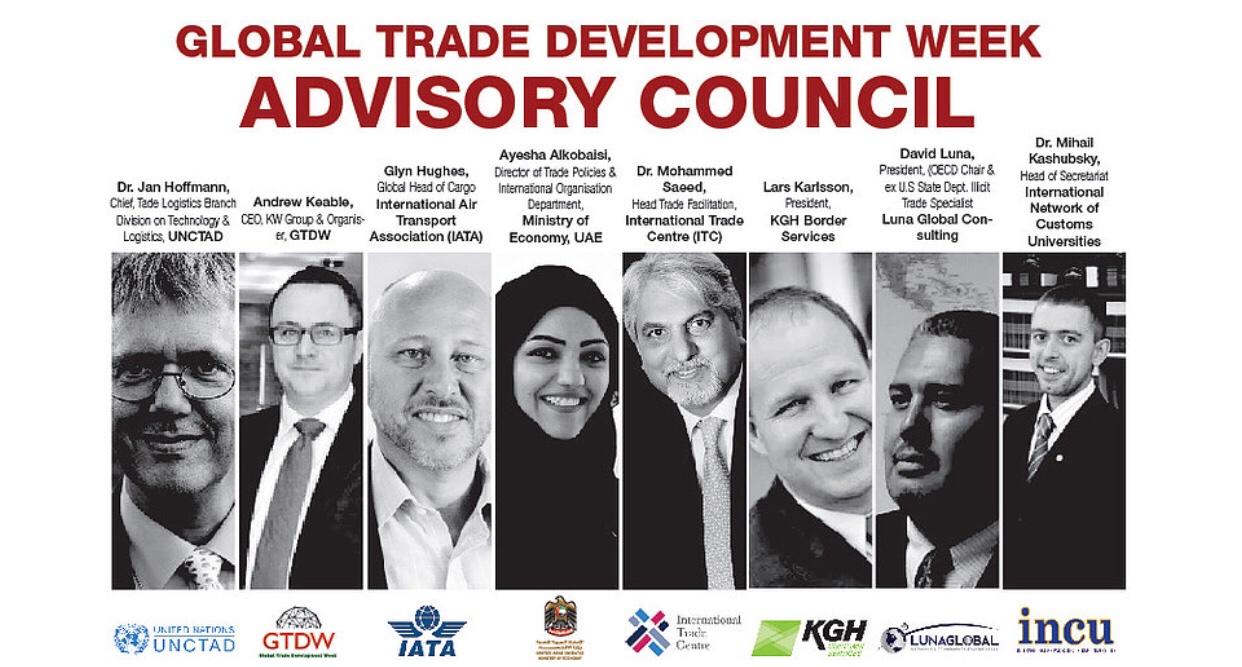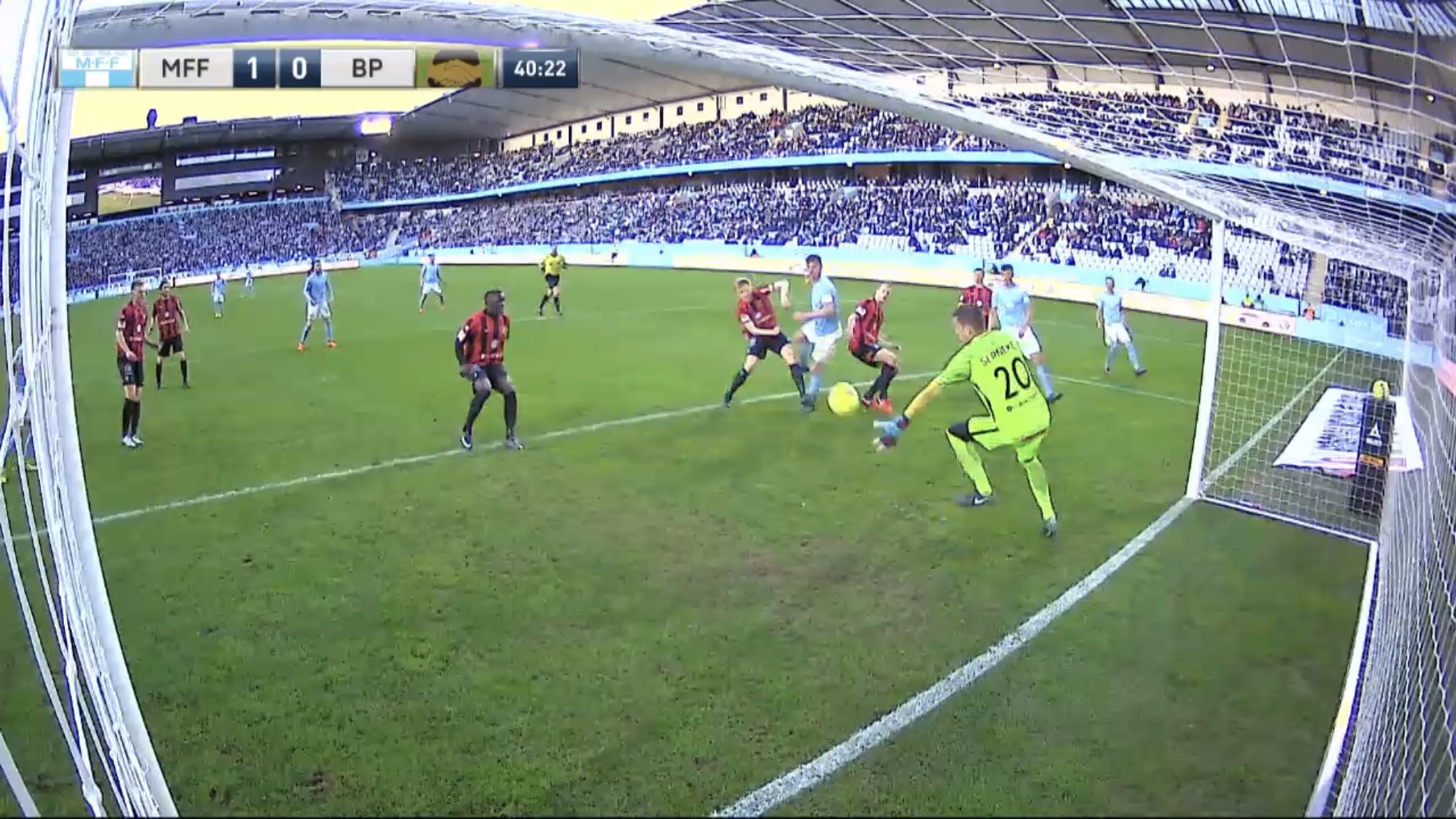On my way from one city to another. New meetings, new clients, new projects.

Up at 3.30am, leaving the hotel at 04.00am. Flying 06.00am. Going South.
The normal day for a Fixer in Customs, Blrders and international trade.
I am a Member of the Global Trade Development Week Advisory Council.

Together we are building the future platform for trade devlopment.
You can be there too. Still in UAE and Asia. Soon in China, next year Africa. Check the editions on On Global Trade Development Week KW Group Global Trade Development Week
#kwgroup #gtdw
I love football and Malmö FF is my club. Ypu know.
Swedish football Champions Malmö FF has had a slow start this season. In Sweden we play spring-autumn seasons due to climate.

Markus Rosenberg scoring 1-0 tonight
After winning all 9 pre-season and cup games, Malmö has 1-1-1 in the forts three ganes. We have won the title four out of the five last years and the team is favourite to win this year again. We have also playes Champions League two times during this period.
Tonight we played BP at home, the first game I miss the year. Malmö FF won 3-1. Our captian, Marcus Rosenberg scored two goals.






You must be logged in to post a comment.